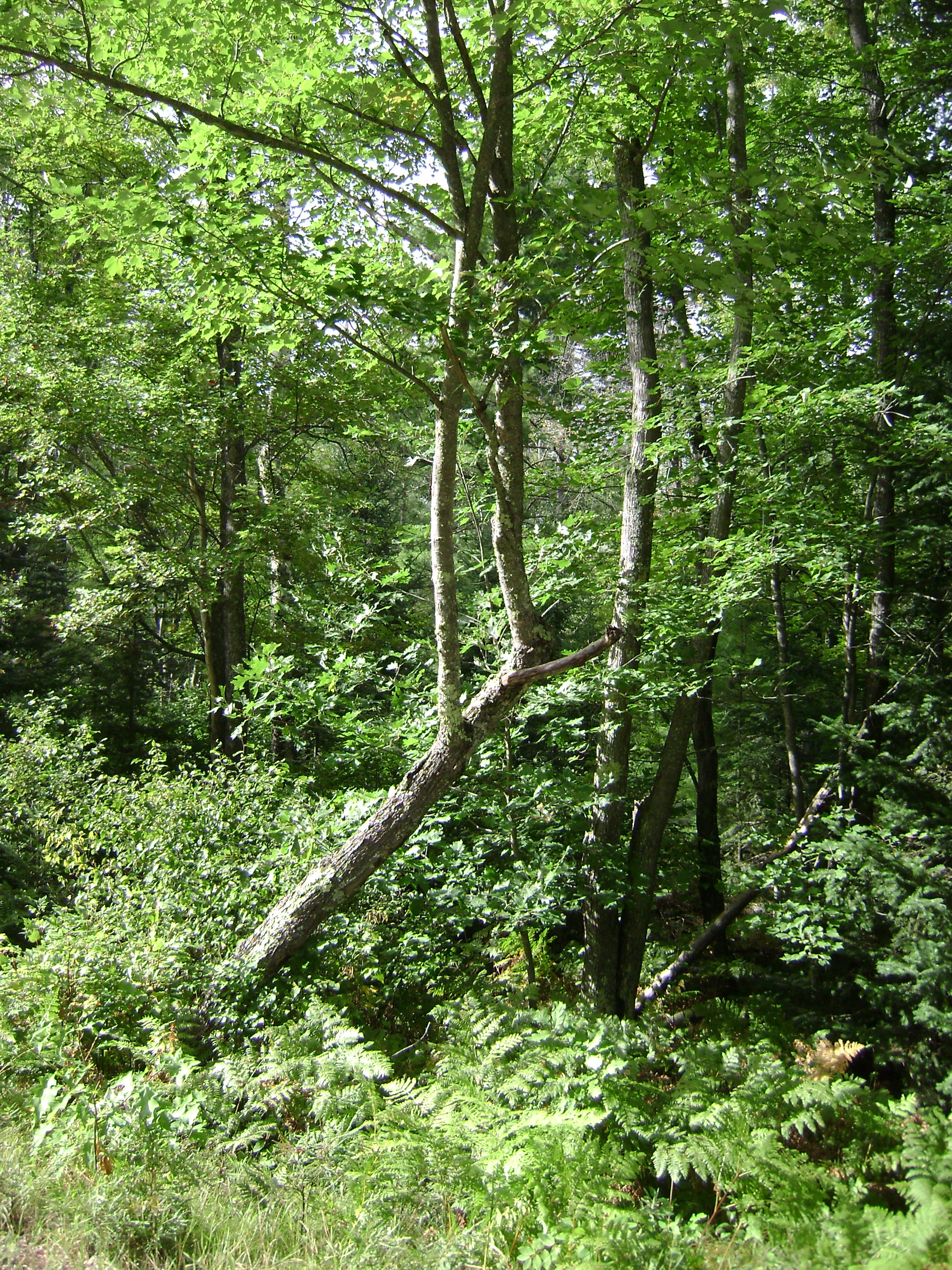There are some simple things you can do get hung-up trees on the ground safely and efficiently.
A family project in the woods can be a great opportunity to reconnect with relatives you haven’t seen in a while, and get a good deal of work done. A recent work day at a family property was all of that and much more. It is the much more part that I will share some insights from, today.
Having worked with some of the accomplished chainsaw operators out there, I have developed a healthy respect for the power of the tools we use and the trees we address. So, I arrived at the work site wearing all my safety gear, and intent on taking a measured tone to the work we needed to accomplish. It seems I was the only one that day with that intent in mind.
My siblings and in-laws arrived with nothing but their chainsaws and a determination to get the work done as fast as possible. The extent of their safety equipment was work gloves and the misguided notion that they “knew what they were doing.” Let me cut into the story here and state that no one was injured during our workday, thankfully.
Without much of a plan in mind, everyone who had a chainsaw just started cutting anywhere they thought work should be done. This led to multiple trees being felled and processed within very close proximity to each other, and sometimes two people processing the same tree at once. Additionally, there were folks running around grabbing branches and rounds for stacking and chipping (an added dimension of noise and arguments on what should be chipped or not).
For the problem trees, “simple” solutions were instigated to get the job done. That meant cutting from a ladder or a tree stand, or by climbing the tree and working while perched between branches. All of these done without a safety harness, and cutting with the chainsaw above the shoulders. Did I mention that no one was injured already?
Now, I am not much of a preacher and prefer to lead by example, but I was having little impact on my gung-ho relatives. My pleas for only one person working on a tree at a time, or for folks to stand back during felling, or that “things can’t be just sewn back on” fell on mostly deaf ears. I did manage to have a bit of an impact when it came time to address hung-up trees (trees that fall into another tree rather than on the ground) and widow-makers (trees with large branches or tops hanging from them).
You see, the chaotic felling and lack of skilled chainsaw use led to some newly created problem trees. Since I was the one with the helmet, everyone pointed at me to get these down.
There are a number of ways you can deal with a widow-maker. If it is in a remote part of your property where few people venture and does not need to immediately come out, then you can just leave it. Let some future strong winds knock the hung up branches off.
If you need to get the tree down, then position yourself so that you are never standing directly below the widow-maker. Instead, work from the opposite side of the tree and make sure you designate a safe escape route before you begin to cut. In other words, keep the tree’s trunk between you and the widow-maker, and try to fell the tree in the direction that the widow-maker is on. If you are forced to cut while standing under the widow-maker, have a buddy keep an eye on the branches above while you are cutting. Your buddy can give you a signal the moment the widow-maker starts to move so that you can retreat along your pre-designated escape route.
Hung-up trees require a bit different strategy. You can just leave the hanger alone if it is not threatening anything, but you must mark off the area surrounding the hung-up tree so others don’t wander into this dangerous area. Unfortunately, people have died when a hung-up tree has suddenly come crashing down.
The safest way to get a hung-up tree on the ground is to use a tractor or truck and a long rope to pull it down. Sometimes it is possible to push or pull the hung-up tree to free it. But be sure to work from the butt of the tree. If you are going to push it by hand, set down your saw and push with both hands for greater force and stability.
You can also try rolling the hung-up tree free using a cant hook. To do this, partially cut the holding wood (or hinge) of the hung-up tree on the side adjacent to the supporting tree. For example, if the hung-up tree is leaning into the right side of another tree, cut the holding wood on the left side of the hung-up tree and roll the hanger clockwise (as facing the butt) to your right. But whatever you do, never try to bring down a hung-up tree by felling another tree onto it or by cutting the supporting tree. Such attempts usually result in a bigger problem or a trip to the hospital.
At the end of the day, my relatives were a bit more sober about the work they were doing and they took better care to be as safe and efficient as they could be in the woods.
